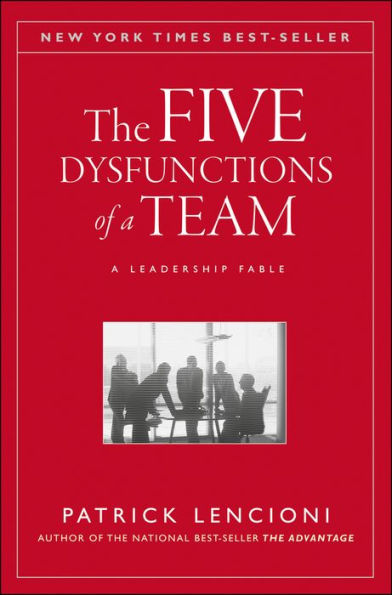Read an Excerpt
Not finance. Not strategy. Not technology. It is teamwork that remains the ultimate competitive advantage, both because it is so powerful and so rare.
A friend of mine, the founder of a company that grew to a billion dollars in annual revenue, best expressed the power of teamwork when he once told me, "If you could get all the people in an organization rowing in the same direction, you could dominate any industry, in any market, against any competition, at any time."
Whenever I repeat that adage to a group of leaders, they immediately nod their heads, but in a desperate sort of way. They seem to grasp the truth of it while simultaneously surrendering to the impossibility of actually making it happen.
And that is where the rarity of teamwork comes into play. For all the attention that it has received over the years from scholars, coaches, teachers, and the media, teamwork is as elusive as it has ever been within most organizations. The fact remains that teams, because they are made up of imperfect human beings, are inherently dysfunctional.
But that is not to say that teamwork is doomed. Far from it. In fact, building a strong team is both possible and remarkably simple. But it is painfully difficult.
That's right. Like so many other aspects of life, teamwork comes down to mastering a set of behaviors that are at once theoretically uncomplicated, but extremely difficult to put into practice day after day. Success comes only for those organizations that overcome the all-too-human behavioral tendencies that corrupt teams and breed dysfunctional politics within them.
As it turns out, these principles apply to more than just teamwork. In fact, I stumbled on them somewhat by accident in my pursuit of a theory about leadership.
A few years ago I wrote my first book, The Five Temptations of a CEO, about the behavioral pitfalls that plague leaders. In the course of working with my clients, I began to notice that some of them were "misusing" my theories in an effort to assess and improve the performance of their leadership teams -- and with success!
And so it became apparent to me that the five temptations applied not only to individual leaders but, with a few modifications, to groups as well. And not just within corporations. Clergy, coaches, teachers, and others found that these principles applied in their worlds as much as they did in the executive suite of a multinational company. And that is how this book came to be.
Like my other books, The Five Dysfunctions of a Team begins with a story written in the context of a realistic but fictional organization. I have found that this allows readers to learn more effectively by losing themselves in a story and by being able to relate to the characters. It also helps them understand how these principles can be applied in a nontheoretical, real-world environment, where the pace of work and the volume of daily distractions make even the simplest of tasks seem arduous.
In order to help you apply the material in your own organization, a brief section following the story outlines the five dysfunctions in detail. That section also includes a self-assessment and suggested tools for overcoming the issues that might be plaguing your team.
Finally, although this book is based on my work with CEOs and their executive teams, its theories are applicable for anyone interested in teamwork, whether they lead a small department within a company or are simply a member of a team that could use some improvement. Whatever the case may be, I sincerely hope it helps your team overcome its particular dysfunctions so that it can achieve more than individuals could ever imagine doing alone. That, after all, is the real power of teamwork.



